Entered the Kyoto Municipal University of the Arts in 1903. Graduating in 1907, he went on to the Tokyo University of Fine Arts, where he received a diploma in sculpture. He began sculpting full-time after his military service in 1915 and was appointed professor at the Tokyo School of Fine Arts in 1921. He was a member of the Japan Academy of Arts in 1925.
The Taisho period, 1912-26, saw his rise to prominence, with numerous awards and official commissions.
His style is powerful, with the human figure very present. A strong influence from the art of Rodin.
He also created softer works, inspired by realistic scenes of daily life, using his loved ones as models. Originally from Nagasaki, after 1945, he retired to a studio in the Inokashira Nature and Cultural Park, where he worked until his last days. The Emperor traveled to visit him.
He created a series of monumental sculptures depicting demons and the damned.
His most famous work is the 10-meter-high statue in Nagasaki Peace Park (1958).
His style became exacerbated, inspired by medieval Buddhist art; critics described it as "skeletal beauty."
All his creations now had a disturbing, angry, or ghostly appearance.
His art became a prayer, a witness to the atomic tragedy and a hope for peace.














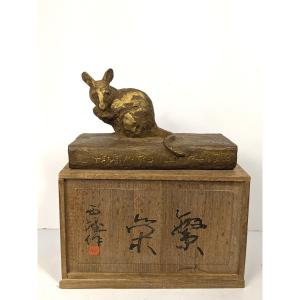












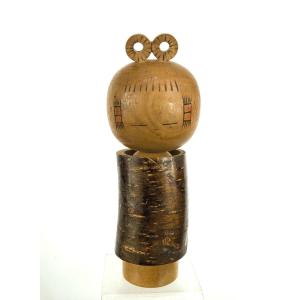
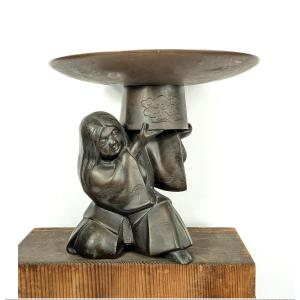




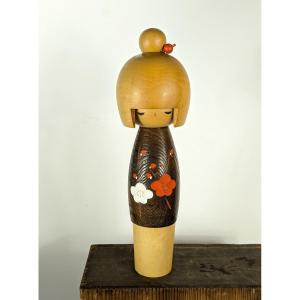



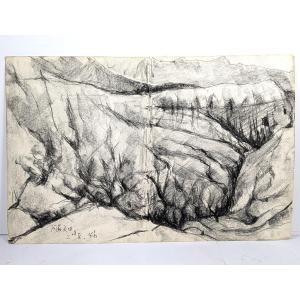


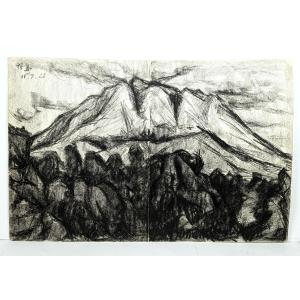

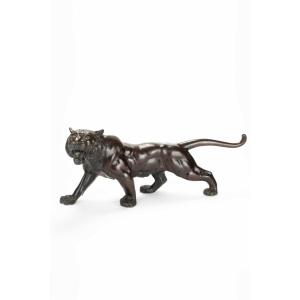
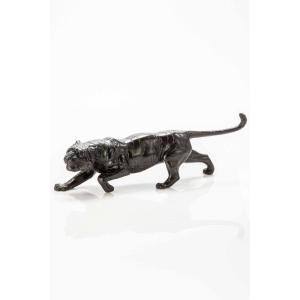





 Le Magazine de PROANTIC
Le Magazine de PROANTIC TRÉSORS Magazine
TRÉSORS Magazine Rivista Artiquariato
Rivista Artiquariato